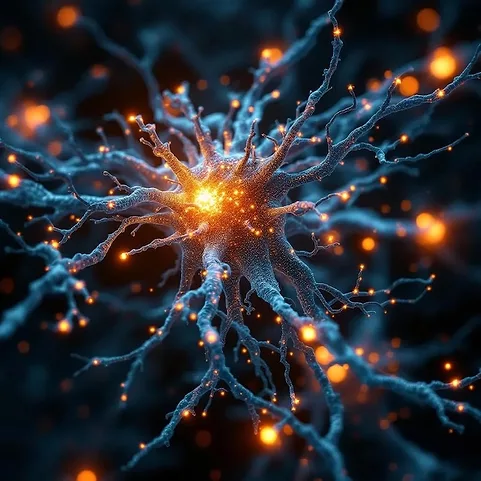Home » Key Facts about Hoarding Disorder
Key Facts about Hoarding Disorder
Demographics and Prevalence
- Hoarding disorder almost three times more prevalent in older adults (ages 55–94) than those 34 to 44
- Hoarding afflicts men more than women
- Women with hoarding disorder tend to engage in more excessive acquisition of possessions
- Onset is usually by age 15, with clinically significant impairment by the mid-30s; hoarding is chronic and progressive, with severity increasing with age
Etiology
- The main self-reported reasons for hoarding include:
- Possible future need for the object
- Sentimental attachment
- Perception of value
- 50% of patients who hoard report hoarding behavior in a first degree relative
- Hoarders often retrospectively report trauma or stressful events, especially abuse or witnessing a crime, prior to start of hoarding or increase in hoarding behavior
- Hoarding is associated with information-processing deficits, including difficulties with memory, categorization, and decision-making
- Neuroimaging studies have found hoarding to be more frequent in patients with focal lesions in the mesial frontal region of the brain, in particular damage to the anterior ventromedial prefrontal and cingulate cortices (Frost RO, Expert Rev Neurother 2010;10(2):251–261).
- Hoarding has been found to be related to fronto-limbic circuits involving the cingulate cortex, ventromedial prefrontal cortex, and limbic structures (Saxena S, J Clin Psychol 2011;67(5):477–484), and low activity at rest in the anterior cingulate cortex
- Hoarders score higher on measures of attention-deficit/hyperactivity disorder (ADHD), and children with ADHD have been found to have hoarding behaviors
Differential Diagnosis and Comorbidity
- Other psychiatric conditions that can cause hoarding-like behaviors include OCD, major depressive disorder, autism, and schizophrenia or other psychotic disorders
- Neurological causes may include traumatic brain injury, intracranial resection, cerebrovascular disease, infections of the central nervous system, or neurogenetic conditions, such as Prader-Willi syndrome (Saxena S, op.cit)
- 75% of individuals with hoarding disorder have a comorbid mood or anxiety disorder
- The most commonly comorbid conditions include depression (50.7%), generalized anxiety disorder (24%), social anxiety (23.5%), and OCD (18%)
- Other prevalent characteristics include excessive buying (75%), inattentive attention-deficit symptoms (28%), and perfectionism (Frost RO et al, Annu Rev Clin Psychol 2012;8:219–242; Muroff J et al, Depress Anxiety 2013;online ahead of print)
KEYWORDS psychotherapy
Carlat Total Access Subscriptions: Get access to every article on the website.
Recommended
Newsletters
Please see our Terms and Conditions, Privacy Policy, Subscription Agreement, Use of Cookies, and Hardware/Software Requirements to view our website.
© 2025 Carlat Publishing, LLC and Affiliates, All Rights Reserved.

_-The-Breakthrough-Antipsychotic-That-Could-Change-Everything.webp?t=1729528747)



